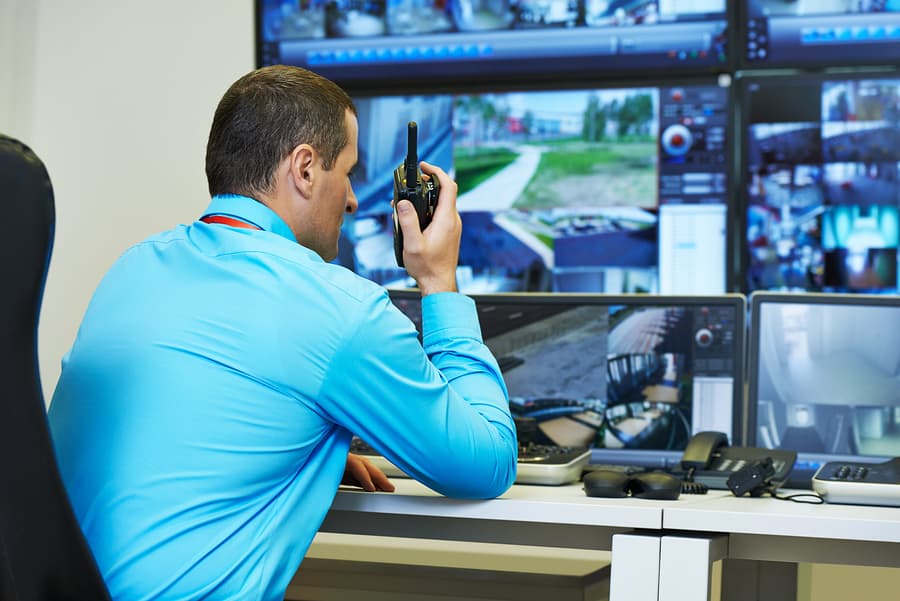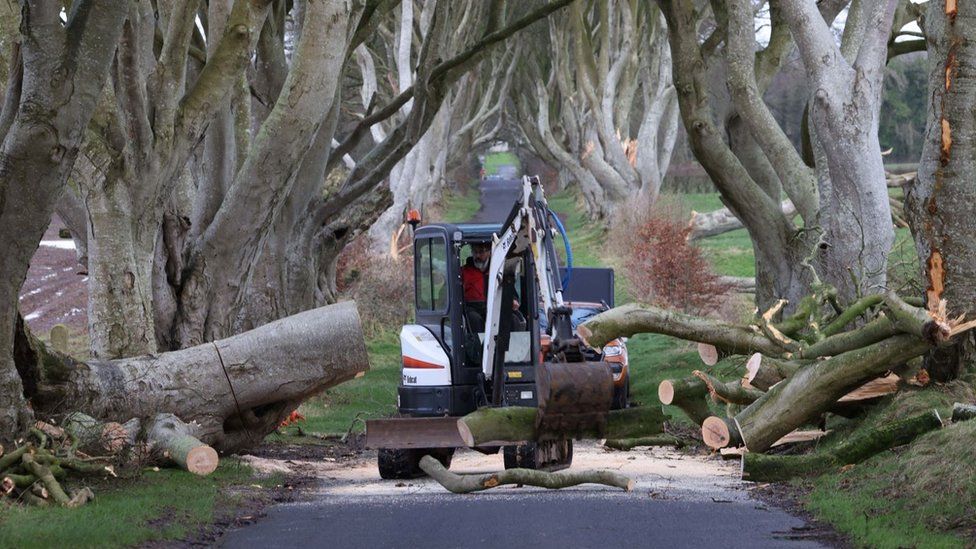The Role of Video Surveillance Systems in Government Facilities
At the bare minimum, we expect our government facilities to have the best surveillance systems on the market. These organizations hold vital information, equipment, and intelligence for the good of our nation – and there should be little to no risk of issues.
Video surveillance in government facilities should work seamlessly to identify/eliminate potential threats, provide real-time insights, and prompt the appropriate response. These systems are commonly implemented in military bases, government offices, power plants, and other vital facilities.
It’s important to understand that video surveillance is not apples to apples. Each facility has unique requirements and the installation process must be approached properly.
In this post, we’re going to explain the role of video surveillance systems in government facilities, the types of systems, and potential challenges.
Table of Contents
The Significance of Monitoring Critical Infrastructure in Government
Monitoring infrastructure in government is crucial in the never-ending challenge to maintain national security, public safety, and economic stability.
The term “critical infrastructure” involves government assets like transportation networks, military, energy grids, and water supplies – as well as the facilities that manage them.
Disruption in these facilities could have devastating effects on a nation’s well-being. It is essential that government agencies take measures to maintain these services for the public and avoid widespread problems.
Security monitoring works to detect the potential for threats or malfunctions in the early stages, enabling timely responses to keep operations running as normal.
Benefits of Video Security Monitoring
Video security monitoring plays a key role in how government facilities maintain the status quo for essential infrastructure. The major benefits include:
Enhanced Security
24/7/365 surveillance provides real-time detection and response to potential threats or unauthorized activities within these facilities. On a fundamental level, this works to decrease unauthorized access and protect key assets.
Crime Deterrence
While it’s recommended to have real, functional cameras in government facilities, the simple presence of surveillance cameras provides a strong deterrent to criminals.
Evidence Collection
If any criminal investigations happen after an incident, the footage from the video surveillance cameras will be vital in resolving the case.

Disaster Prevention and Response:
Video surveillance cameras can be programmed to provide alerts of abnormalities within the facility. For example, anomalies in power plants can be extremely dangerous – and advanced camera systems will catch these early so appropriate measures can be taken.
Efficient Resource Allocation
Today’s video surveillance systems – which are commonly integrated with AI and analytics – work to provide facilities with actionable insights on the health of their security. If analyzed properly, this information enables better deployment of resources, budgets, and security personnel.
Inter-Agency Coordination
Inter-agency coordination is relatively new. Video surveillance these days can easily be shared across government facilities and agencies – which makes the response to incidents much more cohesive and efficient.
Today’s video security systems have integration software for AI and analytics. The result is the system provides a stream of actionable insights, allowing for smarter deployment of security personnel and other resources.
Public Confidence
The public values transparency in government. Having contemporary security measures can help instill a greater level of trust in government operations and enhance public perception.
The Major Types of Video Surveillance Systems
There are many, many different types of video surveillance systems used by government agencies. These can vary based on specific needs, objectives, and technological advancements. The major categories of video surveillance technology include:
Traditional CCTV Cameras
Analog Cameras
Analog cameras are traditionally connected to a central monitoring station via coaxial cables. These systems are cost-effective, but may provide lower resolution and are not always compatible with newer technologies.
IP Cameras
IP cameras offer digital imaging to provide high-resolution footage. Unlike analog systems, IP cameras can be monitored remotely via a network connection.
Advanced Surveillance Cameras
PTZ Cameras
Pan-Tilt-Zoom (PTZ) cameras can be remotely controlled as a way to focus in different directions and zoom levels. This offers a high level of flexibility – especially when monitoring large areas.
Thermal Cameras
Thermal cameras are designed to identify objects based on their heat emission. These are ideal for conditions or places with lower visibility.
Facial Recognition Cameras
These types of cameras recognize and analyze facial features – and are commonly used in high-security environments and access control systems.
License Plate Recognition Cameras
These are used on the roadways and are designed to read/store vehicle license plate information.
Modern Surveillance Technologies
Fully-Integrated Surveillance Systems
Most government facilities have integrated surveillance systems, meaning the cameras are synced with alarm systems, motion detectors, access control systems, and more for comprehensive security.
Cloud-Based Surveillance Systems
Cloud-based systems are standard components of advanced video security systems. They allow authorized personnel to store and access video data off-site, which reduces the need for physical data storage.
AI-Powered Surveillance
AI integration is almost a necessity in security systems these days. These systems use artificial intelligence and machine learning algorithms to analyze video feeds for anomalous behavior, crowd monitoring, and predictive analysis.
Challenges in Implementation
The process of implementing video surveillance systems in government agencies has many problems, which reflect the complexity and sensitivity of federal and state infrastructures and resources.
Budget Constraints
Budgetary issues are a constant challenge for government agencies. High-quality surveillance systems are very expensive to purchase, install, and maintain. Budget limitations commonly restrict the options available to government agencies.
Technical Expertise
Designing, implementing, and maintaining an advanced surveillance system requires specialized skill sets – which may not be available in-house for a government facility. These agencies will need to partner with an expert provider for video surveillance system installation.
Privacy Concerns
The need for privacy is at an all-time high – and it’s becoming an increasingly difficult task. Surveillance practices – both in commercial and government systems – commonly raise legal and ethical issues when it comes to privacy.
Integration with Existing System
Many government facilities are using older video surveillance systems, which are difficult to integrate with new technology, such as AI and cloud storage.
Data Security
Government and business data is constantly in danger of being stolen – and safeguarding these facilities against hacking and unauthorized access is a never-ending challenge. To maintain the right level of security, government facilities need to work with a professional surveillance provider.
Compliance
Government agencies are held to certain laws and regulations regarding surveillance, which may vary by jurisdiction and add complexity to system design and operation. A skilled surveillance company will be up to date on all these regulations.
For example, the U.S. House and Senate will soon come together to reconcile their versions of the fiscal 2024 National Defense Authorization Act (NDAA). Several sections of this bill will address oversight and accountability for government workers, as well as contractors that work with the Department of Defense. Surveillance providers will need to stay on top of these NDAA changes and evolutions.
Wrap Up
Implementing video surveillance systems in government facilities is a giant undertaking that must be done with complete precision. This task needs to be performed by an experienced security system provider who understands the requirements and gravity of the situation.
By leveraging the industry’s top surveillance technologies, government facilities can create a cohesive surveillance system that protects their assets and maintains the trust of the public.
Author Bio: Brian Kozlosky, President/Founder of 2 Krew Security and Surveillance – headquartered in Kittanning, PA. With a Bachelor of Science from Slippery Rock University, I have 15+ years of experience operating a successful security and surveillance company. You can get in touch with me on LinkedIn.







